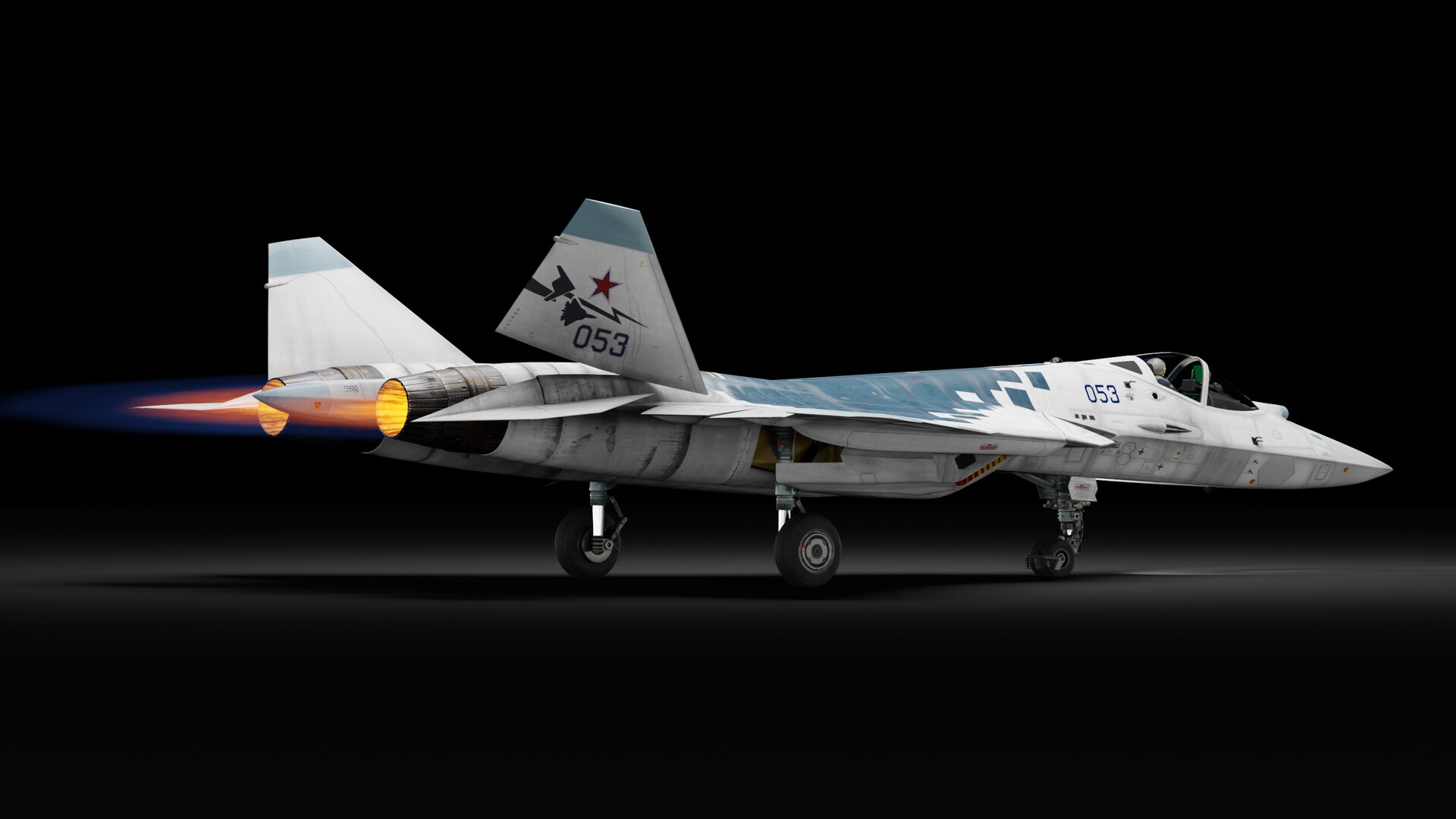Introduction
The Sukhoi “Su 57” (NATO reporting name: Felon) is Russia’s first operational fifth-generation stealth fighter, designed to compete with advanced Western aircraft like the F-22 Raptor and F-35 Lightning II. Developed by Sukhoi, a subsidiary of United Aircraft Corporation (UAC), the Su-57 represents Russia’s ambition to modernize its air force and maintain its status as a major military power.
However, the Su-57’s development has been fraught with delays, technical challenges, and skepticism from defense analysts. Despite these hurdles, the aircraft has entered limited service with the Russian Aerospace Forces (VKS), with plans for further upgrades and mass production.
Development History
Origins: The PAK FA Program
The Su-57 emerged from Russia’s Perspective Aviation Complex of Frontline Aviation (PAK FA) program, initiated in the early 2000s to replace aging Soviet-era fighters like the MiG-29 and Su-27. The goal was to create a multirole stealth fighter with super cruise capability (the ability to sustain supersonic flight without afterburners), advanced avionics, and reduced radar cross-section (RCS).
Sukhoi won the contract, and the first prototype (T-50) flew on January 29, 2010. However, the program faced numerous setbacks:
- Engine delays – The initial Saturn AL-41F1 engines were interim solutions, with the definitive Izdeliye 30 engines still in testing.
- Stealth limitations – Analysts questioned whether the Su-57’s design achieved true low-observability compared to the F-22 and F-35.
- Funding issues – Economic sanctions and budget constraints slowed progress.
Entry into Service
After years of testing, the Su 57 was officially introduced into service in December 2020, with the first serial-produced aircraft delivered in 2021. Russia plans to acquire 76 Su-57s by 2028, though production remains slow. Design and Stealth Features
Aerodynamics and Airframe
The Su-57 features a blended wing-body design, similar to the F-22, enhancing maneuverability and fuel efficiency. Key aerodynamic elements include:
- Leading-edge root extensions (LERX) for improved high-angle-of-attack performance.
- All-moving vertical and horizontal stabilizers for agility.
- Thrust vectoring (via 3D nozzles) for extreme maneuverability, a hallmark of Russian fighters.
Stealth Technology
While not as stealthy as its American counterparts, the Su-57 incorporates several low-observability features:
- Radar-absorbent materials (RAM) on critical surfaces.
- Internal weapons bays to reduce radar signature (though it sometimes carries external stores, compromising stealth).
- S-shaped engine inlets to hide compressor blades from radar.
However, analysts note that the Su-57’s engine nozzles, exposed rivets, and lack of full-edge alignment increase its radar cross-section compared to the F-35.
Avionics and Sensor Suite
The Su 57 boasts a sophisticated sensor network designed for situational awareness and electronic warfare:
Radar Systems
- N036 Belka AESA Radar – A phased-array radar with multiple antennas for 360° coverage.
- L-band radars on wing leading edges – Used for detecting stealth aircraft by tracking lower-frequency returns.
Infrared Search and Track (IRST)
The 101KS Atoll IRST system allows passive detection of enemy aircraft without emitting radar signals, useful against stealth opponents.
Electronic Warfare (EW) Suite
The Himalayas EW system provides jamming capabilities to disrupt enemy missiles and radars.
Artificial Intelligence (AI) Integration
The Su-57’s avionics include AI-assisted target recognition and data fusion, reducing pilot workload in high-threat environments.
Armament and Combat Capabilities
Internal Weapons Bay
To maintain stealth, the Su-57 carries missiles internally, including:
- R-77M (medium-range air-to-air missile)
- R-74M (short-range infrared-guided missile)
- Kh-38M (air-to-surface missile)
External Hardpoints
When stealth is not a priority, the Su-57 can carry additional ordnance on six external pylons, including:
- Kh-35UE anti-ship missiles
- KAB-500 guided bombs
- Grom-E1 glide bombs
Controversies and Criticisms
Despite its advanced features, the Su-57 faces skepticism:
1. Stealth Effectiveness
Many experts argue that the Su-57’s RCS is higher than the F-22 and F-35, making it more detectable. Its use of external weapons further diminishes stealth.
2. Engine Reliability
The Izdeliye 30 engines, while promising, are still in testing, forcing early Su-57s to rely on less powerful interim engines.
3. Production Delays
Russia’s economic struggles and Western sanctions have slowed mass production, with only a handful of Su 57s delivered so far.
4. Combat Experience
Unlike the F-35, which has seen combat in multiple conflicts, the Su-57’s real-world performance remains untested.
Su-57 vs. Western Fighters
| Feature | Su-57 (Felon) | F-22 Raptor | F-35 Lightning II |
|---|---|---|---|
| Stealth | Moderate | High | High |
| Super cruise | Yes (with Izdeliye 30) | Yes | No |
| Maneuverability | Excellent (thrust vectoring) | Excellent | Moderate |
| Avionics | Advanced (AESA, IRST, AI) | Advanced | Most advanced sensor fusion |
| Production Status | Limited (76 planned) | Retired (195 built) | Mass-produced (900+) |
While the Su-57 excels in dogfighting and speed, it lags behind the F-35 in stealth, sensor fusion, and production scale.
Future Upgrades and Export Potential
Su-57M (Modernized Version)
Russia plans an upgraded Su-57M with:
- Enhanced stealth coatings
- Improved Izdeliye 30 engines
- New hypersonic missiles (possibly Kinzhal variants)
Export Market
Despite interest from countries like India (formerly partnered in FGFA program), Algeria, and Turkey, the Su-57 has yet to secure major export deals due to:
- High cost (~$50 million per unit)
- Western sanctions limiting sales
- Competition from Chinese J-20 and Western fighters
Conclusion
The “Su 57“ is a formidable aircraft with superior speed, maneuverability, and advanced avionics, but it falls short in stealth and production reliability compared to American fifth-gen fighters.
